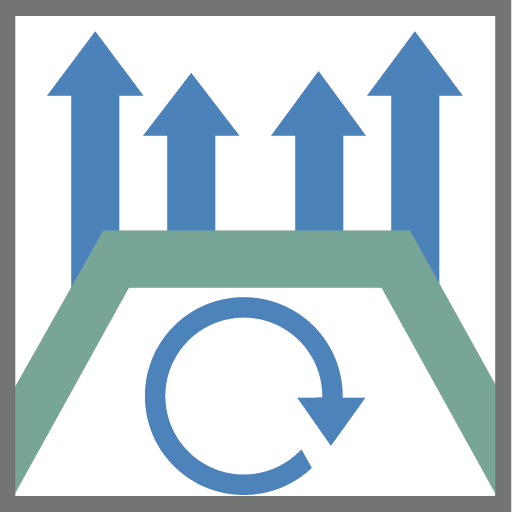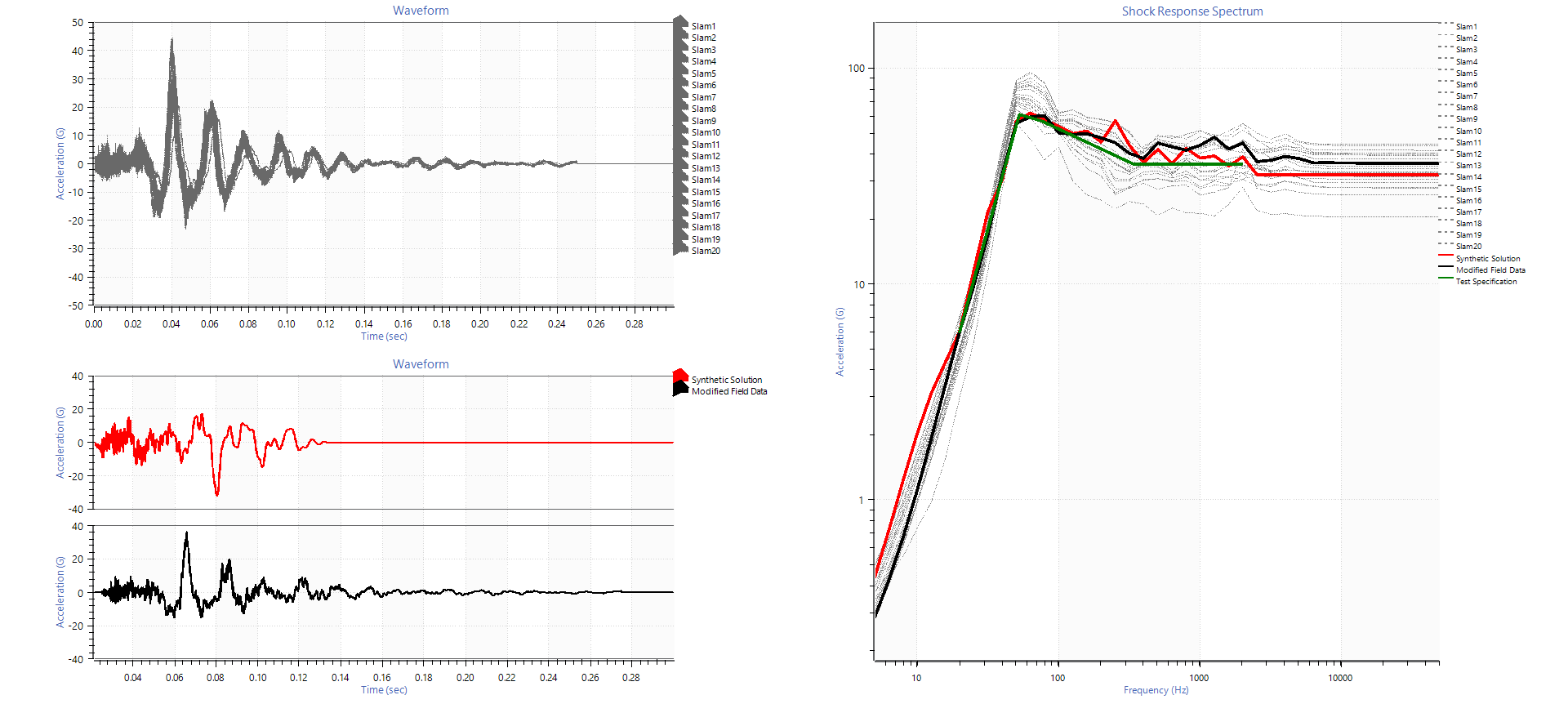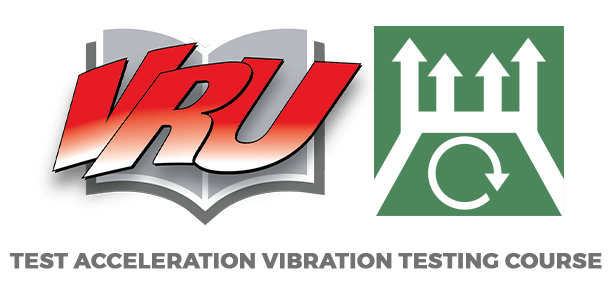Sine Tracking Analysis and Generation (STAG)
 Generate an accelerated Sine-on-Random test reflective of an environment with dominant sinusoidal vibration.
Generate an accelerated Sine-on-Random test reflective of an environment with dominant sinusoidal vibration.
STAG is a real-world evaluation for products that experience dominant rotational vibration rendered as sine tones on a shaker table.
Standard random vibration test acceleration cannot accurately replicate an environment with dominant rotational vibration because both the sine and random background vibration must be analyzed and generated. The more accurate option is a combination of sine and random testing. A sine-on-random test can replicate dominant sinusoidal vibration and its orders as well as produce more consistent results than a random test.
The STAG software performs the tasks necessary to generating an accelerated sine-on-random test. It extracts orders for analysis, accelerates the sine tone profiles, and combines the tones with an FDS analysis of the remaining random content. With the FDS, the STAG tool allows for the analysis, acceleration, and generation of a real-life test.
STAG Software Features
Processing in Seconds
Save time and reduce transposition errors by performing all analyses in the same program. ObserVIEW extracts the orders from the recording before processing the background time waveform so that the FDS accelerates random data only.
Analyze Order Content
Orders of importance can be manually chosen or automatically detected. Analyze the frequency ranges with dominant sine tones and modify the sine tone profile as necessary, including minimizing the low amplitude content or concentrating on a particular peak.




